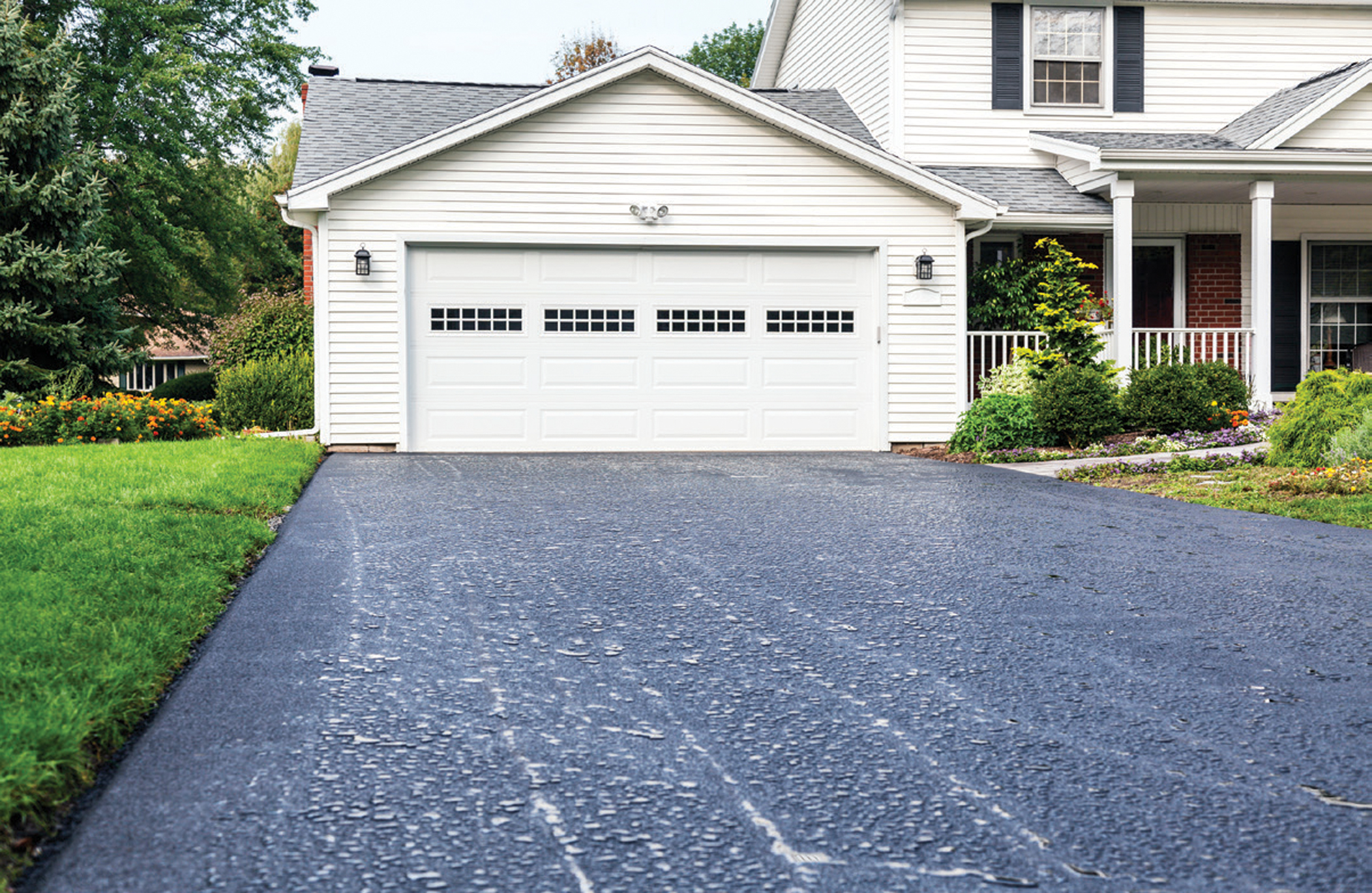Cold Mix Asphalt Vs. Hot Mix Asphalt: Which Is Right for You?

Composition Distinctions
Cold mix asphalt is created by emulsifying the asphalt binder with water and an emulsifying agent prior to mixing it with aggregate. The warm mix asphalt manufacturing process involves warming the aggregate and asphalt binder independently before integrating them at the asphalt plant.
Furthermore, chilly mix asphalt often tends to be much less thick and extra adaptable than hot mix asphalt. This adaptability makes it far better matched for locations with higher degrees of activity, such as driveways or roadways with heavy website traffic. In contrast, hot mix asphalt is known for its high durability and resistance to rutting and splitting, making it a recommended selection for freeways and high-traffic roadways where longevity is crucial.
Installment Process Differences
The procedure of mounting cold mix and warm mix asphalt displays remarkable variances in their requirements and procedures. In comparison, warm mix asphalt demands an extra fancy installment procedure. Due to the heating demands, hot mix asphalt setups are usually lugged out by professionals with specialized equipment, making sure a more structurally sound and long-term result.
Longevity and Durability Aspects
When thinking about asphalt alternatives, longevity and long life are critical variables to evaluate for long lasting pavement performance. Warm mix asphalt (HMA) is known for its exceptional resilience and longevity.
In terms of longevity, HMA commonly surpasses CMA as a result of its exceptional stamina and resistance homes. HMA pavements have a longer solution life, needing much less frequent fixings and maintenance, which can translate to set you back savings over time. Furthermore, HMA pavements are more conveniently customizable to fulfill details task requirements, additionally boosting their toughness.
Expense Considerations
Considering the financial implications is see here a crucial aspect when assessing the choice in between hot mix asphalt (HMA) and cold mix asphalt (CMA) for sidewalk jobs. While the initial expense of warm mix asphalt is generally higher than that of chilly mix asphalt, HMA typically provides a more cost-efficient option in the future as a result of its exceptional durability and longevity. HMA is recognized for its capability to stand up to rush hour tons and rough weather condition problems, lowering the requirement for constant fixings and upkeep. On the other hand, cool mix asphalt is more cost effective upfront but may call for more regular patching and resurfacing, leading to greater upkeep prices with time.
Along with material prices, it's vital to take into consideration the expenses associated with installation and maintenance when contrasting HMA and CMA. HMA typically needs customized devices and proficient labor for proper installment, which can influence overall task prices. Alternatively, CMA is easier to YOURURL.com work with and can usually be used using easier strategies, possibly decreasing setup expenditures. Ultimately, the decision in between HMA and CMA ought to take into consideration not just the first expense however likewise the long-lasting financial implications to identify the most cost-effective alternative for the certain sidewalk project.
Environmental Impact Comparison
Comparison of the environmental impacts in between warm mix asphalt (HMA) and chilly mix asphalt (CMA) exposes distinct distinctions in sustainability methods. HMA production needs high temperatures, leading to boosted power consumption and greenhouse gas emissions.
Furthermore, the use of CMA frequently involves recycling existing asphalt pavement, promoting resource conservation and minimizing the quantity of waste sent out to landfills. By opting for CMA over HMA, road building and construction tasks can add positively to ecological preservation efforts.
Final Thought
In verdict, the choice in between chilly mix asphalt (CMA) and hot mix asphalt (HMA) depends upon various aspects such as structure, installment process, longevity, longevity, cost, and environmental influence. asphalt patch repair. While CMA provides a cost-effective and fast solution for minor repair services, HMA ensures premium sturdiness and durability for heavy traffic locations. Consider these factors carefully to determine which kind of asphalt is the appropriate selection my review here for your paving requires

Taking into consideration the economic effects is an important facet when examining the choice between hot mix asphalt (HMA) and cool mix asphalt (CMA) for sidewalk tasks. While the preliminary price of hot mix asphalt is normally higher than that of cold mix asphalt, HMA frequently gives a much more economical option in the lengthy run due to its premium resilience and longevity. asphalt patch repair.Contrast of the environmental impacts between hot mix asphalt (HMA) and chilly mix asphalt (CMA) reveals unique differences in sustainability practices.In conclusion, the option between cool mix asphalt (CMA) and hot mix asphalt (HMA) depends on numerous factors such as composition, installment process, longevity, durability, price, and environmental influence